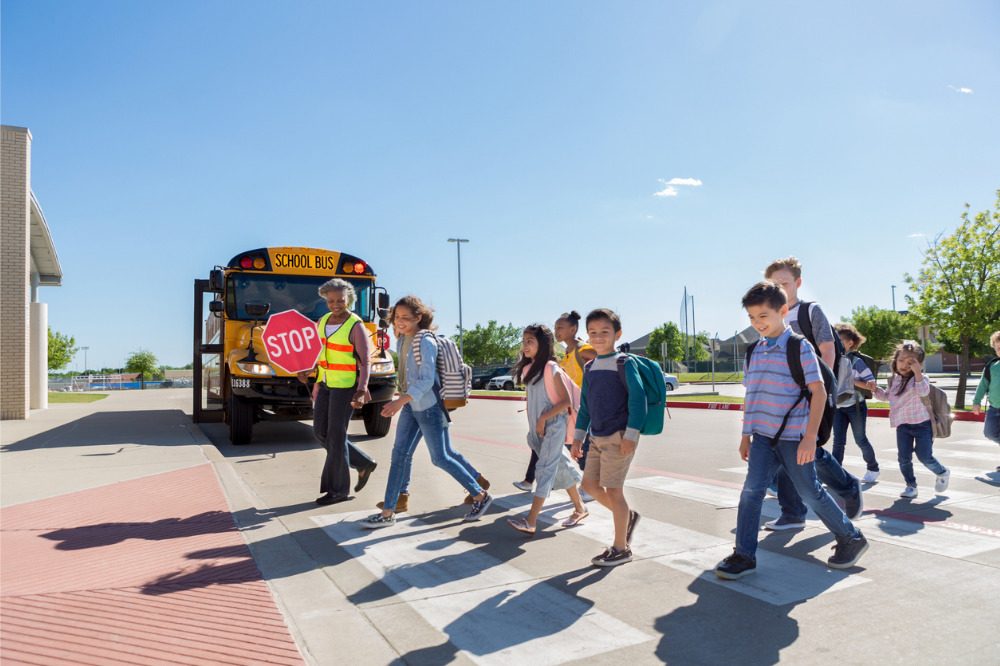
It’s no secret that schools are dealing with a worsening teacher shortage, leaving many classrooms understaffed. However, an increasing shortage of specialist training means that all sectors are also facing unprecedented pressures in disability support.
According to the Australian Education Union’s 2021 State of our Schools survey, 83% of all principals say they do not have sufficient resources to appropriately meet the needs of students with disability at their school.
The report also found that 89% of principals use funds from other budget areas to cover funding shortfalls for students with disability and that 87% of principals say teachers would benefit most from additional classroom support when teaching students with disability or learning difficulties with 100% of SRS.
With the introduction of new inclusive education initiatives and support roles in schools, which require specially trained and experienced staff, there is even more pressure on an extremely limited workforce.
Be understanding, and patient
Leonie Segal, a Professor of Health Economics and Social Policy at UniSA, and Dr Lesley-Anne Ey, a Research Fellow with a focus in early childhood and school bullying behaviours, say returning to school is likely advantageous for the more vulnerable children, in that school can provide a structure and access to learning and a social outlet that may be missing from their homes.
“The disruption to education caused by lockdowns, parental stress and potentially lack of educational resources at home is likely to have increased the knowledge gap between vulnerable children and their peers,” Professor Segal and Dr Ey told The Educator.
“For younger children the shift from learning online to classroom learning will require yet another adjustment. The stressors of the unknown, constant change, and COVID-19 alongside other complexities in their lives may be expressed in multiple ways, including their mental health, their behaviours, and emotions.”
Professor Segal and Dr Ey say teachers and schools will need to ease children back into the classroom and demonstrate understanding and patience to support this transition.
“There has been little substantive advance in help available to vulnerable children, especially for those in families experiencing highset levels of adversity [inadequate income, housing instability, family violence, food insecurity, substance use, and mental illness],” they said.
Professor Segal and Dr Ey say it is important that schools understand the source of challenging behaviours and big emotions and seek supports for children while also creating a safe, inclusive and non-judging class-room environment.
“A better resourced early childhood sector, that is focused in the most vulnerable children and is committed to addressing distress and developmental needs, prior to school start needs to be part of any solution,” they said.
“We would like to see the creation of multi-disciplinary Early Years Hubs dedicated to this task.”
Present a positive outlook
Associate Professor Victoria Whitington, Dean of Programs (Education Futures) at UniSA, said even without the pandemic factoring in, the challenges facing young people as they return to school are very real.
“Whole day separation from parents for the first time for some, new location, new adults and peers to interact with and respond to new routines, can be discomforting for children,” Assoc/Prof Whitington told The Educator.
“With Covid added, it is uncertainty about their own safety and that of those closest to them. With calm and supportive parents and teachers, and a fairly predictable sense of what is happening next, they will manage well.”
Assoc/Prof Whitington said school leaders who position the Term as full of opportunity for students will help allay some of the fears they have about returning to school.
“This includes principals learning about their students’ world, setting clear boundaries, and encouraging positive and supportive relationships between teachers and their students,” she said.
“Doing these things will assist children and young people to cope and thrive at school, in spite of the challenges that may arise.”


